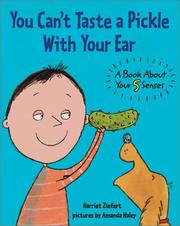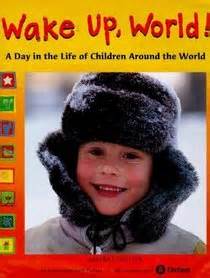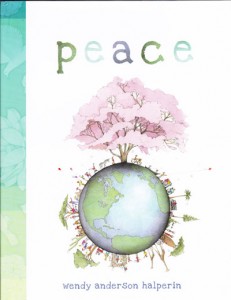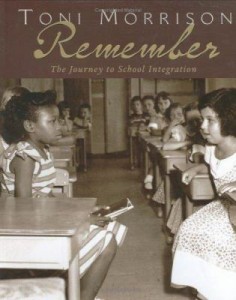 When it comes to Common Core State Standards, the one that I think is the most fun is Range of Reading. (I know, I know, all the CCSS are fun, but this one is the most fun!) Range of Reading: Informational Text means we want kids to “read and comprehend informational texts, including history/social studies, science, and technical texts.” In other words, we can share all kinds of cool nonfiction books with our students, and I have a fun pick this week.
When it comes to Common Core State Standards, the one that I think is the most fun is Range of Reading. (I know, I know, all the CCSS are fun, but this one is the most fun!) Range of Reading: Informational Text means we want kids to “read and comprehend informational texts, including history/social studies, science, and technical texts.” In other words, we can share all kinds of cool nonfiction books with our students, and I have a fun pick this week.
You Can’t Taste a Pickle With Your Ear: A Book About Your 5 Senses by Harriet Ziefert with pictures by Amanda Haley is an informational picture book with a great sense of humor. It has some nice text features like a table of contents, an introduction, a conclusion, and questions at the end of each mini-chapter for discussion. The information presented about the five senses is appropriate for early elementary students and will work well for any “all about me” units as well as for health and science studies.
Read aloud the title You Can’t Taste a Pickle With Your Ear and you’ll get students grinning. You can read the 32-page book in one sitting, or read each mini-chapter devoted to a different sense one at a time. For an art activity that will bring together all the information in the book (so we’re Integrating Knowledge & Ideas as well as working on Range of Reading), have students make a self-portrait and label the body parts they use for each of the five senses. To get those Nature Smart/experiential learners really involved, bring in pickles for the class. Students can write about how they used each of their five senses as they look at, smell, touch, hear (long crunchy pickles that snap in half work best), and taste. Remind your students again about the title of the book (but keep paper towels on hand in case any of your students feel the need to test for themselves.)



